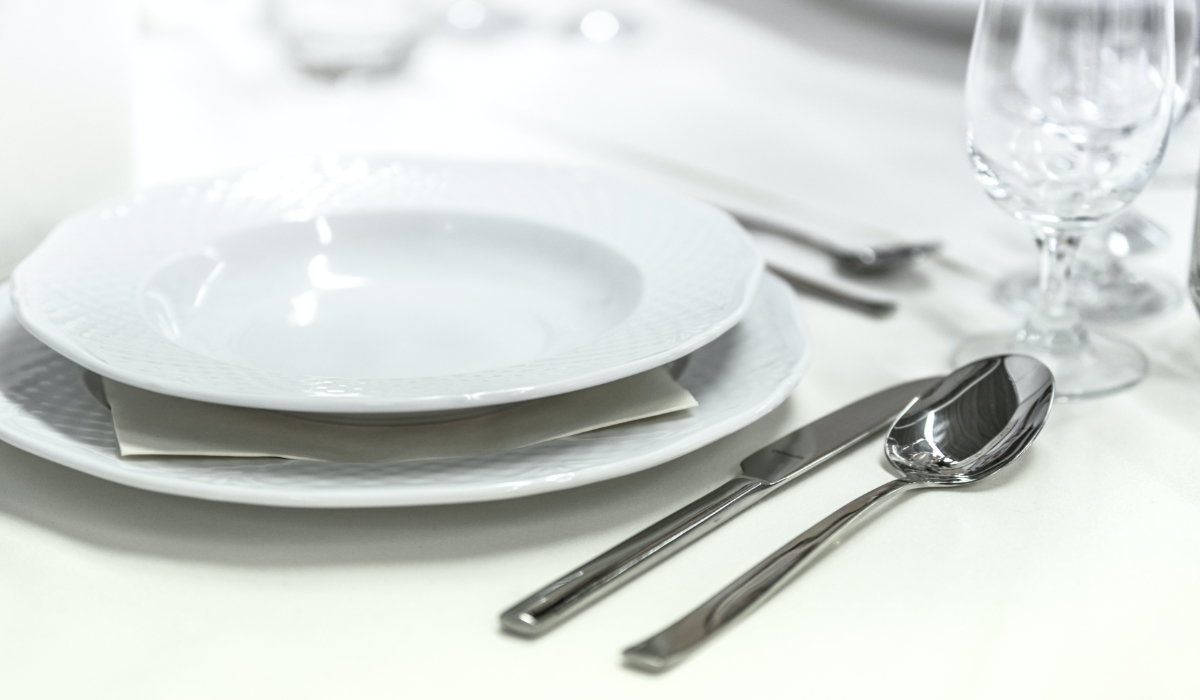Kitchenware Image Classification Competition

The Challenge
Data Talks Club organized an image classification competition requiring participants to classify kitchenware items into 6 distinct categories: cups, glasses, plates, spoons, forks, and knives. This presented a multi-class computer vision challenge with real-world complexity, where subtle visual differences between similar objects needed to be accurately distinguished.
The competition's dataset exhibited significant class imbalances, creating additional challenges for model training. Some kitchenware categories had substantially fewer training examples than others, threatening to bias the model toward over-represented classes and reduce overall classification accuracy.
The competitive nature of the challenge required achieving exceptional performance metrics, as participants were ranked against each other on both public and private leaderboards with accuracy scores
The Strategic Approach
I developed a comprehensive solution leveraging deep learning techniques optimized for image classification tasks. The strategy centered on transfer learning combined with data augmentation to overcome dataset limitations.
Using EfficientNet as the foundation model, I capitalized on pre-trained weights from ImageNet to provide robust feature extraction capabilities. This approach allowed the model to leverage learned representations from millions of images while adapting specifically to kitchenware classification.
The critical insight was addressing class imbalance through synthetic data generation. Rather than simply adjusting class weights, I implemented comprehensive image augmentation techniques to create additional training examples for under-represented categories, effectively balancing the dataset while maintaining data diversity.
Technical Implementation
The solution achieved exceptional performance through careful architecture design and training optimization:
- Transfer Learning Foundation: Utilized EfficientNet's pre-trained architecture, fine-tuning the final layers specifically for the 6-class kitchenware classification task
- Data Augmentation: Implemented imgaug library to generate synthetic training data through rotation, scaling, brightness adjustment, and geometric transformations, specifically targeting under-represented classes
- Regularization Strategy: Applied dropout layers and L2 regularization to prevent overfitting while maintaining model generalization capability
Competitive Results
- Public Leaderboard: Achieved 0.97726 accuracy, demonstrating strong model performance on unseen test data
- Private Leaderboard: Improved to 0.98024 accuracy on the final private test set, indicating excellent model generalization
- Final Ranking: Secured 22nd place among all competition participants, placing in the top tier of submissions
The improvement from public to private leaderboard scores validated the robustness of the regularization strategy and confirmed that the model avoided overfitting to the public test set.
Development Environment
- TensorFlow
- EfficientNet
- Transfer Learning
- Pandas
- Numpy
- imgaug
- Scikit-Learn
- Jupyter Lab